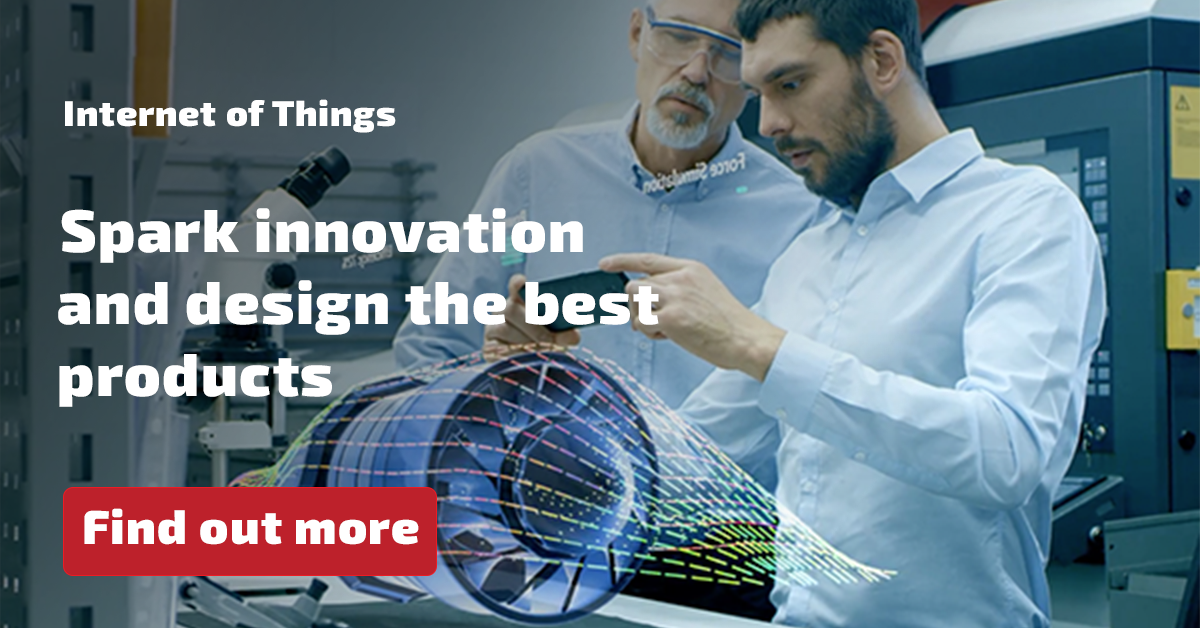
The Internet of Things (IoT) is changing the way many of us live our lives. Our smartphones know where we’ve parked our cars, central heating systems can be turned on remotely and we’re on the brink of an automotive revolution driven by autonomous vehicles.
It’s no different in engineering. Manufacturing giant, Qualcomm is betting big on IoT, and for good reason; more connected products and appliances are entering our lives and the effect the demand for such technology has had on the engineering sector is profound.
In this post, we’re going to look at three ways the IoT has changed the face of engineering in 2016.
Machine-to-machine capabilities
The concept of machines talking to one another is no longer the stuff of science fiction movies. Consumers can now invest in complete home systems that offer central control over heating, lighting, security and even doorbells that can provide a glimpse at who’s knocking.
Historically, such technology has been disparate, featuring a multitude of dongles, hubs and apps that users were expected to set up, maintain and control individually. Machine-to-machine interoperability removes the complications of these past systems and provides a far more coherent experience for the user and a more focused engineering process.
It isn’t without its challenges, though. Battles akin to the VHS/Betamax era are still prevalent with vendor-led connectivity standards often requiring ‘lock-in’ on behalf of the user, thus forcing them to stick with one particular ecosystem if they’re to gain maximum benefit from each individual IoT device.
Standards will emerge within machine-to-machine communication, but we clearly have a fascinating time ahead as the battle unfolds.
Changing job roles
Creative engineers are enjoying a boom time when it comes to career opportunities. If you specialise in hardware engineering or mobile development, the all-encompassing era of IoT means you literally have the world at your feet.
The most significant is the growing trend for ‘traditional’ manufacturers to turn their attentions to the consumer side of the IoT. Opportunities to work on new sensor technology, equipment upgrading and preventative maintenance are numerous, and have resulted in the consumer product goods category moving faster than anything else when it comes to the IoT.
Advanced engineering positions arise regularly, and engineers who have spent years in traditional manufacturing environments are clearly relishing the chance to get their hands on this exciting new wave of technology.
The IoT is changing job roles by offering bigger challenges that present genuine, long-term career opportunities.
Increased learning and sharing
IoT is changing the world faster and more comprehensively than any of us could have predicted. You’d be forgiven for assuming that keeping up with the daily developments is a near impossible task.
Thankfully, the sharing economy we now live in means that engineers can discuss and learn constantly, enabling them to keep up with the latest innovations and advancements in the IoT. Online discussion platforms such as Reddit fuel debate, while rich web content on services like YouTube and the blogosphere offer bite-sized learning on the go.
The ability to learn and share your findings as an engineer can now develop as quickly as the IoT revolution itself, which is vital if the manufacturing industry is to keep up.
IoT is growing and changing everything
By 2020, Gartner predicts there will be 21 billion connected devices across the world. They use the word ‘invade’, but far from such technology threatening a Terminator-style war of machines, the IoT revolution will simply continue to change the face of engineering and consumer experience for the benefit of everyone.
